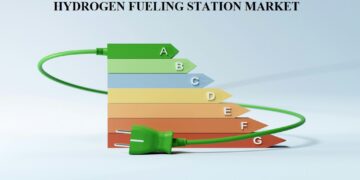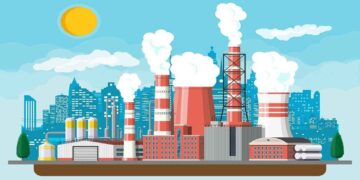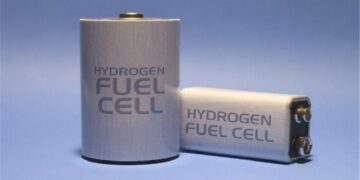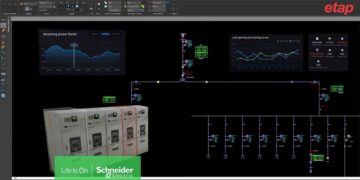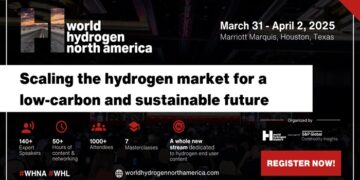From the Far East to the West, the solar PV industry is making manufacturing plans again. Does this mean that solar manufacturing is back on track for unbridled success?
Whether it is in reaction to international trade conflicts, booming local demand for solar, or the firm belief that solar PV will soon be a dominant player in the energy market, recent company announcements highlight the great promise that solar holds as a manufacturing and power producing engine worldwide.
In Doha, Qatar Solar Energy (QSE) announced that it is making progress in its efforts to build at 2.5-GW solar PV manufacturing plant. When complete, the plant will be the largest solar technology development and manufacturing facility in the MENA region. QSE has a 300-MW production facility that is already operational in the region.
This week QSE announced that it had signed an agreement with Kazatomprom, a multi-billion dollar energy company based in the Republic of Kazakhstan to secure solar grade silicon, the raw material used to make solar panels, at what QSE said is “an extremely competitive fixed cost” for the next ten years.
The company believes that the agreement will give it an advantage in the market given that demand for raw polysilicon will continue to grow as the global need for solar energy increases exponentially in the near future.
In a press conference in Astana, Kazakhstan, Salim Abbassi, CEO of QSE commented on Kazakh national TV: “This partnership allows QSE to secure the entire value chain from raw material to smart-grid development and provides a powerful foundation from which QSE will further expand its production capacity to 2.5 GW.”
Earlier this month, GT Advanced Technologies announced that it would be supplying its HiCz200 furnaces to QSE’s integrated PV manufacturing project in Doha. HiCz is GT’s proprietary next-generation monocrystalline PV puller that is capable of growing both p-type and n-type monocrystalline ingots. GT said that the HiCz continuous feeding growth process offers advantages over traditional batch Cz furnaces making it particularly well suited for the production of n-type ingots. The HiCz growth process produces longer ingots with greater material uniformity and lower resistivity, said the company, therefore lowering the cost of wafering.
On the other side of the world, SolarCity recently announced that it had purchased Silevo technology and plans to open a 1-GW manufacturing plant in Buffalo, NY in order to meet its own projected demand for solar PV in the U.S. SolarCity leases solar PV systems to homeowners and has quickly expanded across the country in the past two years. In 2011 the country had installed less than 100 MW of capacity and expects to install 500-550 MW of solar PV capacity in 2014. SolarCity said that it is “on track” to have 1 million customers by 2018.
Do all of these manufacturing announcements mean that solar is now firmly established and will simply grow exponentially for the forseeable future? “The short answer is no,” said Paula Mints of SPV Market Research. Mints said that industry watchers should take announcements like these lightly and not bank on them actually happening. “Announcements tell us about a company’s assumed direction and should not be used for forecasting or assumptions,” she said.
Mints suggested that solar industry stakeholders keep an eye on progress and “see if [the announced plans] actually happen and to what degree they happen.” Consider the host of announcements concerning new thin-film facilities during the mid-2000 crystalline polysilicon shortage, she said. Most of those went nowhere.
“Many announcements remain just that or are realized at a reduced (sometimes far reduced) rate. I have a wait and see attitude about these announcements and have doubts about both,” she said.
That doesn’t mean that Mints has doubts about the solar industry in general, however. In fact, she feels the industry is strong. “Solar is already established as an industry, though it is still going through growing pains,” she said.

















